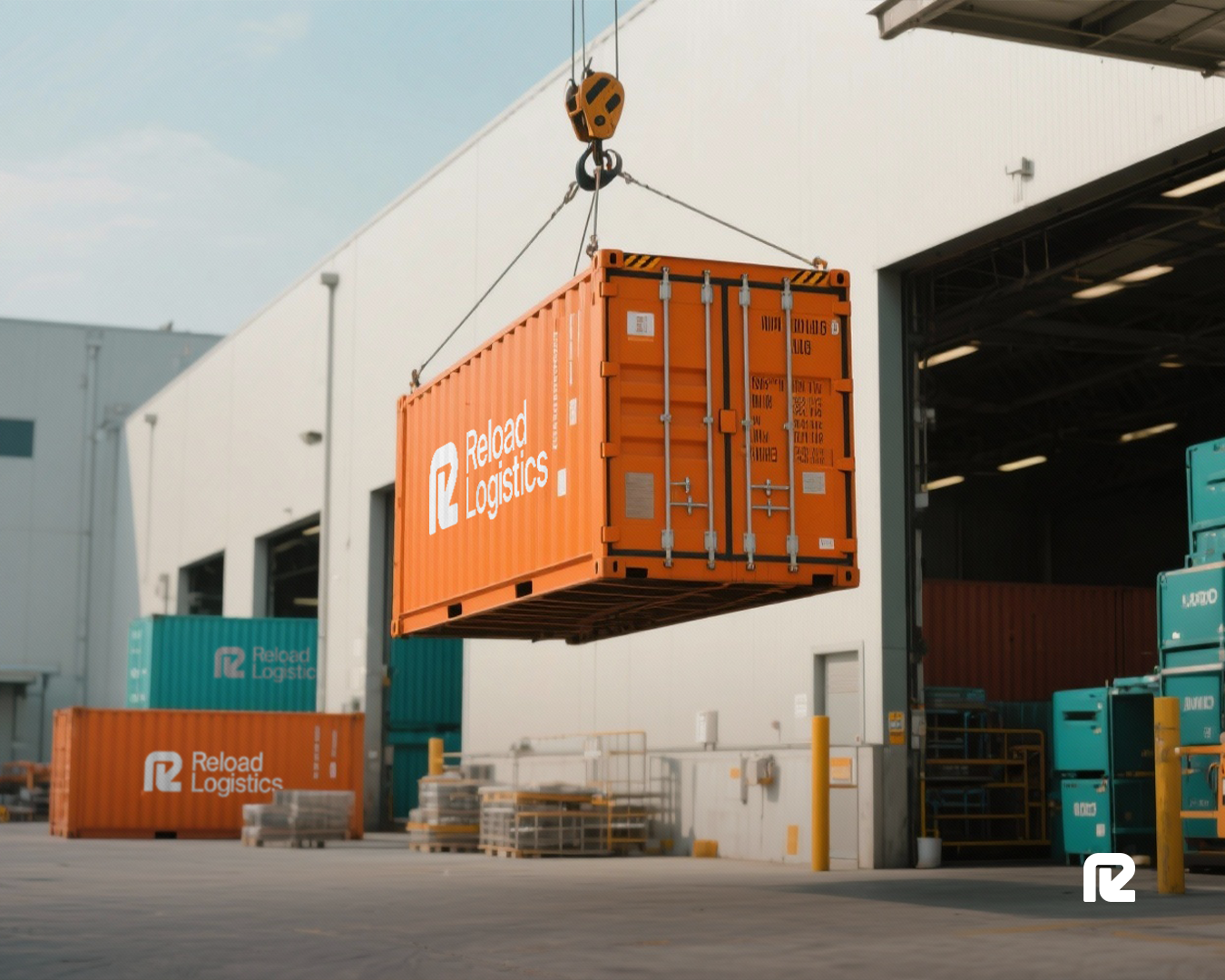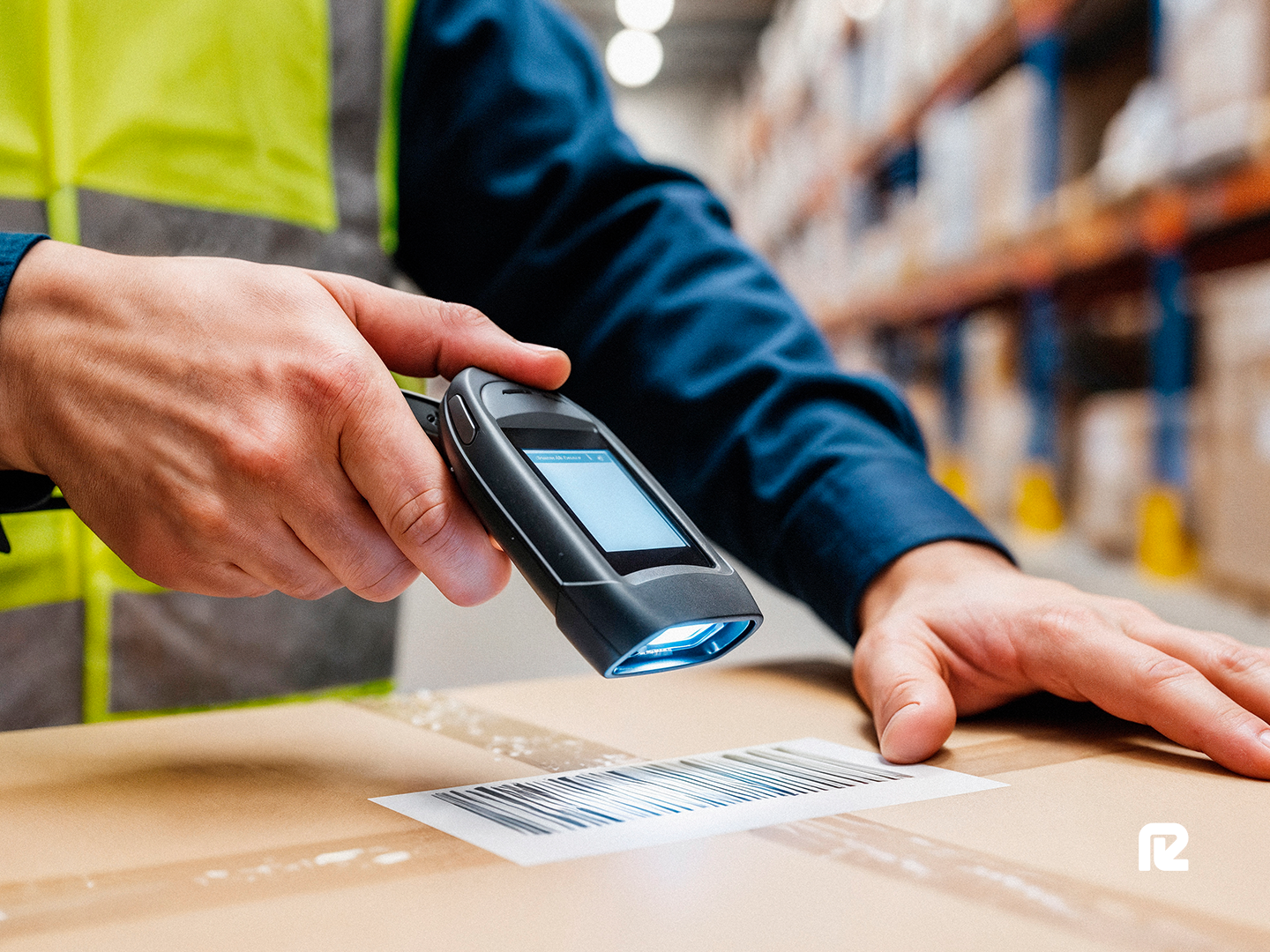Value Added Services (VAS) in Logistics: Definition, Examples and Advantages


Global businesses expect logistics partners to offer more than just their main services, to simplify supply chains, and to ultimately improve the overall customer experience. In other words, to offer Value Added Services (VAS). From repackaging and labeling to quality inspection and customized product assembly, VAS services support optimizing supply chain operations and helping brands stand out.
This article explores what value-added services in logistics mean, how they differ from traditional offerings, and why they’re becoming essential for manufacturers, retailers, and distributors worldwide.
What is Value Added Services (VAS) – Logistics
Value-added services in logistics refers to specialized functions that go beyond the standard scope of transportation and warehousing.
Traditional Logistics: Simply focuses on moving cargo from one point to another.
Value Added Services in Logistics: Offers added functions that improve product readiness, market appeal, and customer satisfaction.
Some common examples of VAS include:
• Labeling and packaging
• Returns management
• Inventory management
• Order picking in warehousing
• Quality control
Essentially, these services “add value” to products within the supply chain, allowing businesses to deliver goods that are more market-ready.
Importance of VAS in Logistics
Logistics value-added services create differentiation. Businesses that integrate VAS into their supply chains often enjoy:
• Faster product turnaround and shorter lead times
• Improved inventory management and product visibility
• Higher levels of customer satisfaction due to product customization
Modular Value-Added Services Explained
A modular approach to value-added services means businesses can select the exact services they want. This creates tailored packages that align precisely with operational goals, budgets, and cargo types.
This makes VAS highly adaptable across industries and can support high-volume manufacturing, healthcare, or retail distribution. This flexibility supports business growth, as it can adapt as companies scale and mitigates supply chain risks by aligning resources with real-time demand, while improving the overall efficiency of the supply chain, which will be discussed in more detail further on.
Traditional vs. Value-Added Services in Logistics
The difference between traditional and value-added services in logistics mainly lies within the scope of operations. Typically, in traditional logistics, providers focus on transportation, warehousing, and inventory management. This differs from value-added logistics, as those providers incorporate additional services that enhance product quality and supply chain optimization.
For example, a traditional warehouse may only involve the storage of goods and cargo while it awaits onward travel, whereas a VAS warehouse may also include labeling, kitting, or last-mile customization.
This makes value-added service logistics especially appealing to industries that move with fast-moving customer goods and manufacturing, where agility and responsiveness are essential.
Examples of Value-Added Services
Pickup and Delivery
Enhanced pickup and delivery solutions are often included in VAS to enable faster transport, which may include time-specific pickups or consolidated deliveries to reduce costs.
Onboard Couriers for Urgent Shipments
For industries like medical and manufacturing, timing is often critical. In these situations, some providers may offer onboard couriers to ensure urgent shipments arrive at their destinations within hours.
Cargo Consolidation and Deconsolidation
Often used for international and cross-border shipments, cargo consolidation allows for multiple consignments to be grouped into a single load to optimize container use, as well as reduce freight costs. At ports and depots, deconsolidation ensures goods are separated efficiently before onward travel.
Specialized Cargo Handling
In mining and construction there is often the need for specialized handling for oversized or project cargo . Value-added services in logistics in this area might include securing, bracing, and packaging equipment for safe multimodal transport.
Inventory Management and Outbound Staging
Inventory control, order staging, and load sequencing are often included in value-added warehouse services to ensure materials are available to be immediately dispatched. This improves efficiency at crossings and ports where delays can add significant costs.
Supply Chain Optimization with VAS
One of the strongest advantages when utilizing value-added services in logistics is the power it has to improve the efficiency of supply chains. Below are some of the ways that VAS can streamline workflows and eliminate unnecessary steps:
Efficiency in Transportation
On top of load consolidation, VAS also often includes smarter route planning, which reduces costs and lowers emissions.
Handling Return Shipments
Reverse logistics, or the handling of return shipments, is a common optimization technique used in value-added services. Logistics providers are able to manage returns, repairs, or repackaging within their facilities, supporting clients to close the loop efficiently.
Quality Control Measures
VAS providers can offer inspection and testing protocols to ensure that only those products that meet the required standards are shipped.
Data-Driven VAS
By integrating warehouse management systems and predictive analytics through VAS, businesses can monitor performance metrics to enable continuous improvement and better visibility.
Value-Added Services in 3PL
3rd Party Logistics (3PL) value-added services include specialized support that enhances each stage of the supply chain. A 3PL provider that offers VAS manages the movement of goods, as well as additional services in warehousing, preparation, and compliance.
An example of a 3rd party logistics provider that provides value-added services is Reload Logistics, integrating cargo consolidation, equipment handling, and inventory management at their warehouses. These services give Reload client's visibility and control without the need to manage multiple vendors themselves.
By incorporating these two solutions, businesses gain a single point of accountability, faster turnaround times, and a streamlined, well-managed logistics experience. This is especially useful when dealing with cross-border operations in regions like Southern Africa, as it gives a strategic advantage to the complex logistics landscape, with many different regional requirements, and the common use of multimodal shipping.
Benefits of VAS for Manufacturers
For manufacturers, value-added services logistics provide advantages in flexibility and responsiveness. By outsourcing processes like assembly, labeling, and packaging, manufacturers can reduce overhead and improve scalability, allowing more time to focus on core production.
VAS also supports lean manufacturing principles by removing non-core activities from production lines and placing them closer to the point of distribution. This helps manufacturers react faster to last-minute order changes, seasonal demand spikes, or regional packaging variations.
On top of this, value-added logistics services can significantly reduce costs by eliminating the need for in-house machinery, storage, or specialized labor. Instead, manufacturers can leverage their logistics partner’s infrastructure to maintain quality and consistency.
Advantages of Added Services for Brands and Customers
As well as value added logistics services providing operational efficiency, there are further benefits that extend beyond these internal processes for brands and customers. VAS can significantly improve areas such as product quality, reliability, and satisfaction. Some additional advantages specific to brands and customers are as follows:
Personalized Products
As one feature of VAS is to provide custom labeling, brands can deliver that personalization without adding additional complexities to their operations. This ability for customizations increases perceived value as well as strengthening connections and reputation between brands and customers.
Ensuring Product Quality
With integrated inspection and control systems, VAS supports consistent product quality, which reinforces brand trust and lowers the number of returns. For customers, this translates to reliable products and a positive overall buying experience.
Enhancing Customer Loyalty
Those brands that utilize VAS to deliver consistent quality often see stronger customer retention. Added services such as focusing on faster returns processes or localized branding build long-term loyalty and align better with customer values and expectations.
Building Competitive Advantage through VAS
Businesses looking to improve efficiency throughout their supply chain and improve customer satisfaction and retention can achieve measurable success through integrating VAS.
Reload Logistics provides comprehensive logistics solutions across Southern Africa, including value-added logistics services that focus on helping their clients streamline supply chains and operations while reducing costs. Reload takes a tailored approach to VAS, ensuring that each client receives a solution that aligns with their strategic and business goals.
For organizations looking to elevate and streamline their logistics performance, Reload Logistics offers the experience and regional expertise to make VAS in logistics a key driver of growth and scalability.
Frequently Asked Questions (FAQs)
What are value-added services in 3PL?
In third-party logistics (3PL), value-added services include offerings like packaging, labeling, assembly, returns management, and customization, all performed alongside the core logistics operations such as transportation and warehouse management.
What is VAS in a warehouse?
VAS in a warehouse refers to additional services like repackaging, quality checks, kitting, and labeling conducted within the facility to enhance product readiness before shipping.
What is value-added in a supply chain?
Within the supply chain, VAS introduces steps that focus on improving product worth and quality, including assembly to customizations.
What are value-added services through logistics processes?
Value-added services within logistics processes refers to additional offerings that focus on improving speed, reducing waste, enhancing packaging processes, and ensuring cargo reaches the final destination in optimal and expected condition.
Categories






